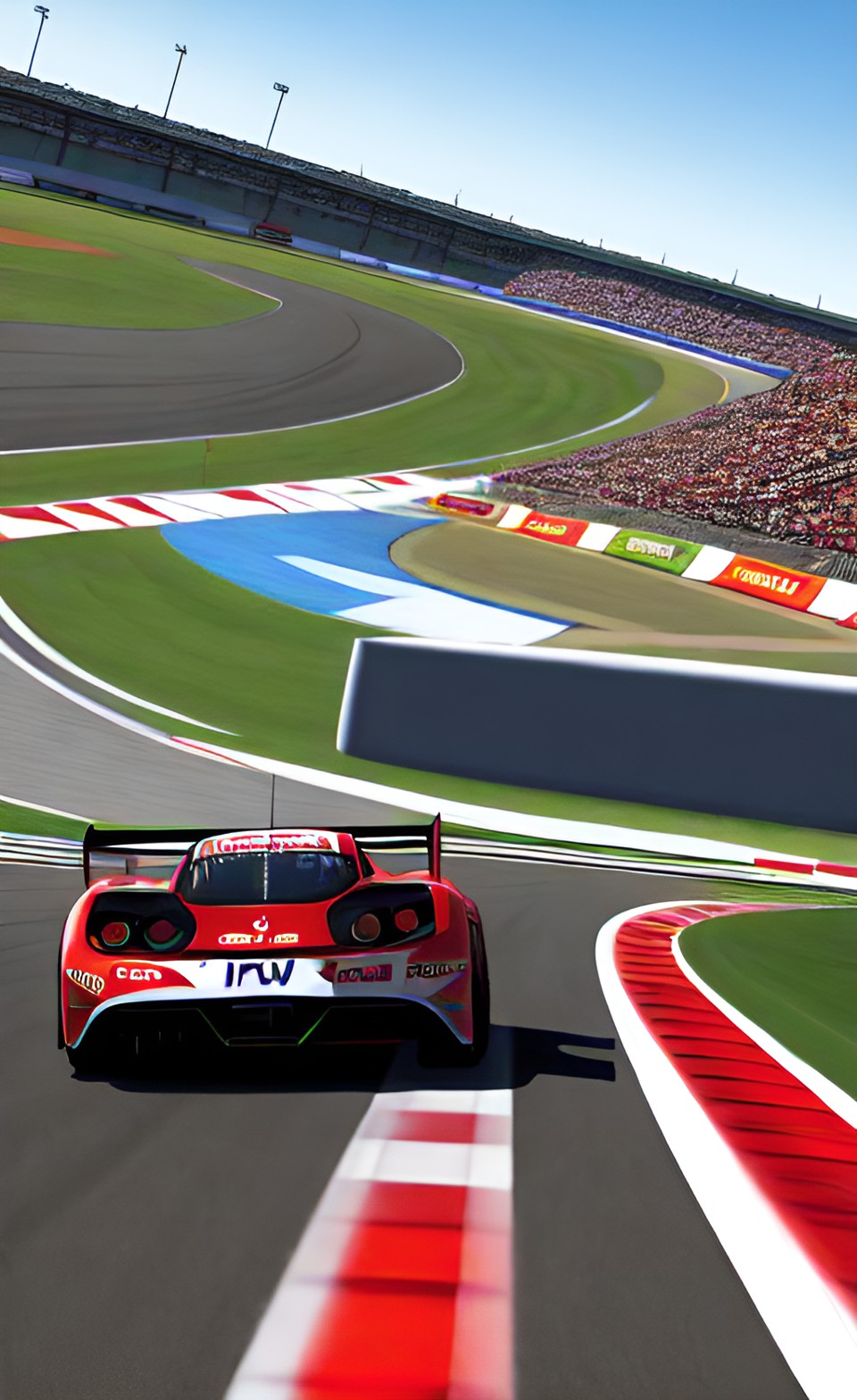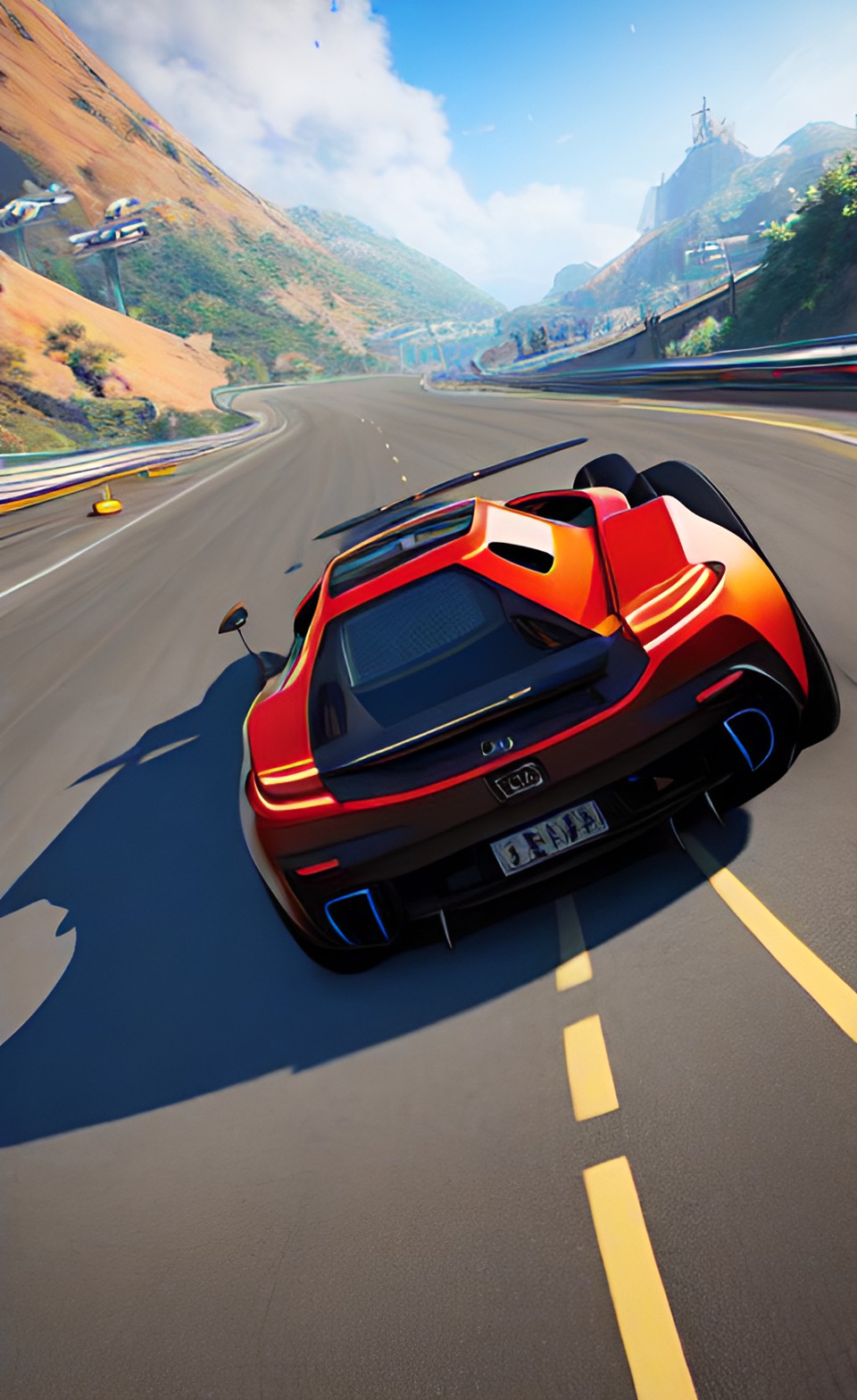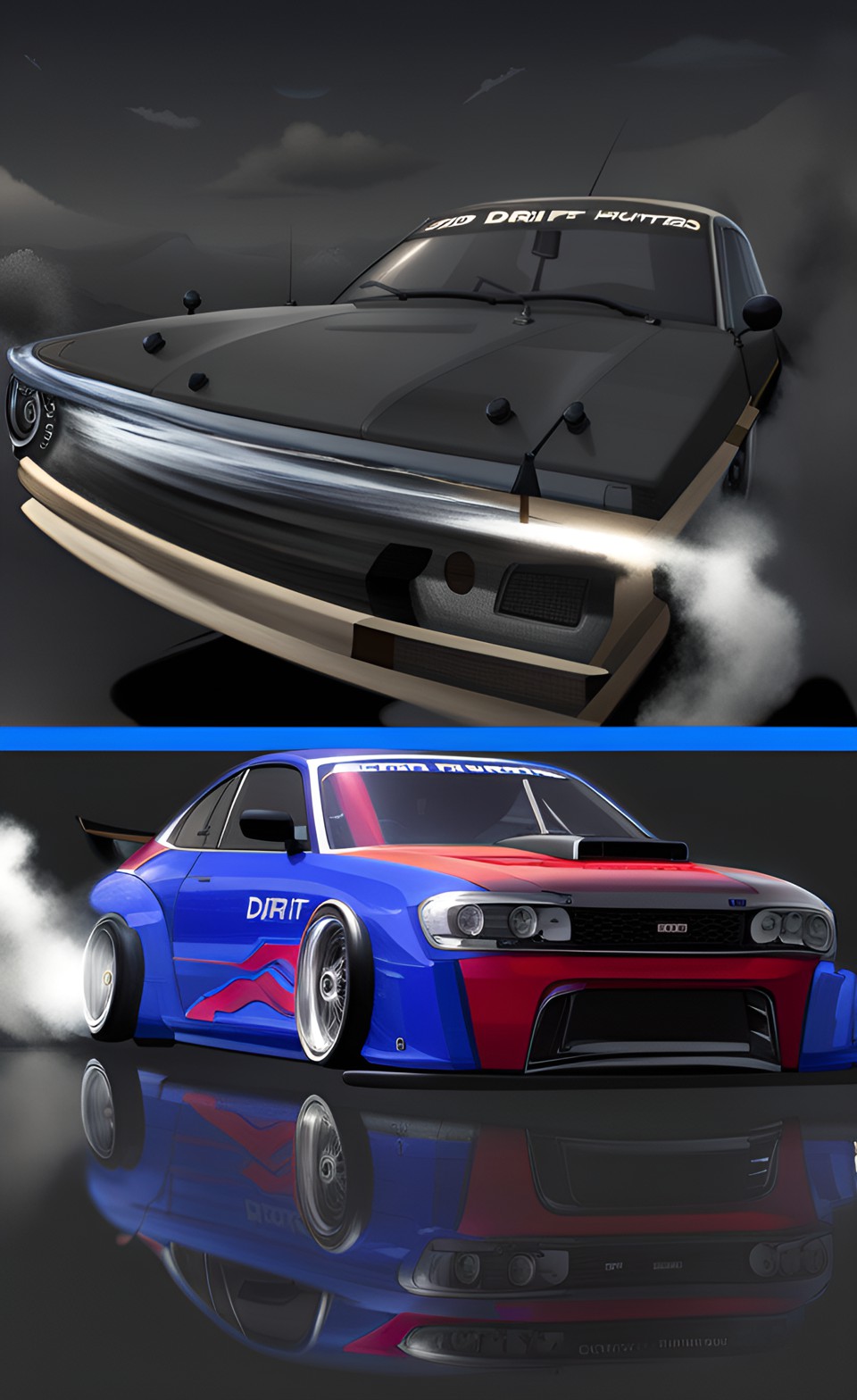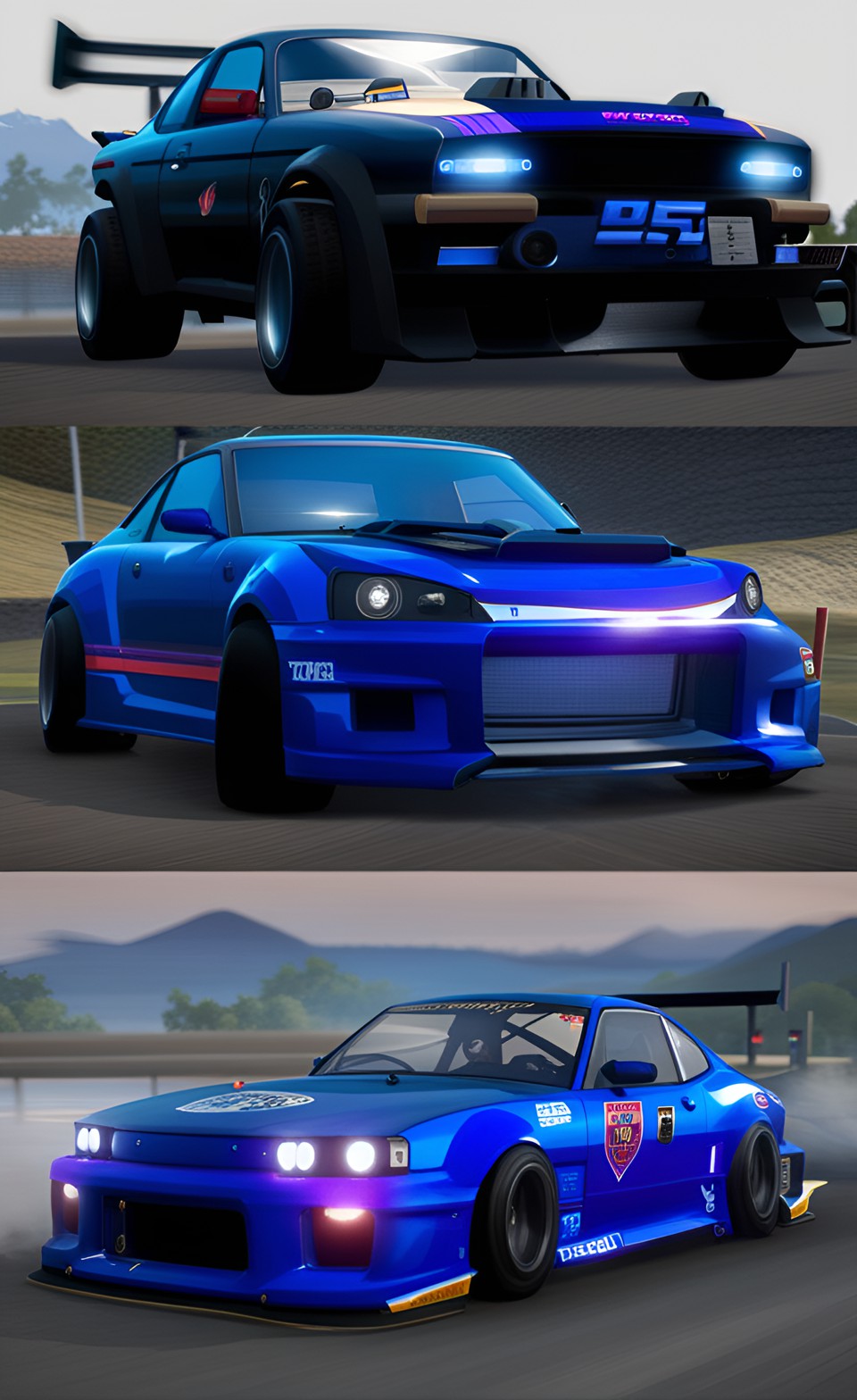Real Racing 3 Full Game Detail And Guide
Real Racing 3, a mobile racing game developed by Firemonkeys Studios and published by Electronic Arts, has been a staple in the world of mobile gaming since its release in 2013. With versions available on iOS, Android, Nvidia Shield, and BlackBerry 10 devices, it has reached a broad audience of avid gamers and car enthusiasts. In this comprehensive article, we will explore the game from its inception, key features, gameplay mechanics, and the evolution of its multiplayer mode.
The Freemium Revolution
Real Racing 3 made waves in the gaming industry by adopting the freemium model. Released on February 28, 2013, the game was available for free download, a significant departure from traditional paid mobile games. It allowed players to enjoy the game without any initial cost while providing opportunities for in-app purchases to enhance their gaming experience. This model was not only groundbreaking but also controversial, as it raised questions about the sustainability of the gaming industry and the player experience.
At its core, the freemium model relies on microtransactions within the game, typically offering virtual goods or currency for real-world money. Real Racing 3 utilized this model to sell in-game currency, called gold, which players could use to unlock content, upgrade vehicles, and expedite in-game processes. This approach was seen as a double-edged sword – it attracted a massive player base due to the game’s free accessibility while generating revenue from in-app purchases.
A Visual Marvel
One of the standout features of Real Racing 3 upon its release was its remarkable graphics. It set a new standard for graphical quality in mobile gaming. The meticulously detailed cars, realistic tracks, and dynamic weather effects provided players with an immersive racing experience. The visual fidelity of the game made it a benchmark for other mobile games to follow.
Real Racing 3’s graphical prowess wasn’t just for show; it significantly contributed to the gameplay experience. The attention to detail in the car models, damage modeling, and the physics of racing brought a level of realism to mobile gaming that was unparalleled at the time. The game’s developers, Firemonkeys Studios, displayed a commitment to pushing the boundaries of what mobile devices could achieve.
Time Zone Manipulation
As Real Racing 3 gained popularity, a controversial practice emerged among players: time zone manipulation. In an effort to progress in the game and accumulate in-game currency without spending real money, some players resorted to changing their device’s time settings. By setting their device’s clock forward, they could bypass timers and watch endless ads to earn free gold.
This practice drew criticism and divided the player community. While some saw it as a clever way to gain an advantage, others believed it undermined the game’s integrity. The developers responded by introducing countermeasures to discourage time zone manipulation, which further fueled debates within the player community.
The Evolution of Real Racing
Sequel to Real Racing Series
Real Racing 3 marked the third installment in the Real Racing series, following the release of Real Racing in 2009 and Real Racing 2 in 2010. While it carried forward the core gameplay elements of its predecessors, it also introduced significant changes, such as the transition to the freemium model.
The game retained its signature realistic driving physics, an array of licensed cars from various manufacturers, and a variety of tracks based on real-world locations. Players could still enjoy the thrill of racing on meticulously recreated circuits from around the globe.
Mixed Reviews
Real Racing 3 received a mix of reviews, particularly in comparison to its predecessors. While the gameplay was highly praised for its realism and depth, the freemium aspect of the game received a share of criticism. Players were required to manage and maintain their vehicles, a process that demanded both in-game currency and real-world time.
Some players found this aspect of the game cumbersome, as it meant they had to wait for their cars to be serviced or spend in-game currency to expedite the process. This was seen as a departure from the more straightforward and immediate gameplay of the previous titles in the series.
Real Racing 3 Gameplay
Getting Started
In Real Racing 3, players embarked on their racing journey with a tutorial that provided them with a Porsche 911 GT3 RS. This tutorial not only introduced the game’s mechanics but also showcased the impressive graphics and physics.
In an update that brought a significant change, players initially started with a Formula 1 car as their introductory vehicle. This shift in starting vehicles added a layer of excitement and novelty to the game, as it allowed players to experience the thrill of F1 racing right from the beginning.
Progression System
Real Racing 3 featured a unique progression system where players began at driver level 0 and advanced by earning “fame points” based on their racing performance. These fame points acted as an experience system, allowing players to unlock new content and access more challenging races as they progressed.
To enhance the gameplay experience, the game rewarded players with gold coins, the premium in-game currency, upon leveling up. These gold coins could be used to purchase premium items and expedite various in-game processes.
The World of Series
One of the standout features of Real Racing 3 was its extensive series system. There were a total of 135 series in the game as of June 2017, each with its unique challenges and requirements. Each series focused on specific classes of vehicles, from affordable hatchbacks to high-performance supercars.
When the game was initially released, players could access a series immediately if they had purchased one of the required vehicles for that series. However, with the introduction of update 1.2 in July 2013, series had to be unlocked by winning a specific number of prizes in a preceding series. This change added depth to the gameplay and encouraged players to explore a wider range of vehicles and challenges.
Race Completion and Rewards
As players delved into the series, they had the opportunity to earn rewards for their progress. Real Racing 3’s completion system was designed to provide players with incentives for thorough engagement with the game.
- Milestone Rewards: Players received rewards when they achieved various completion milestones within a series. These milestones included 25%, 50%, 75%, and 100% completion. Earning these milestones brought in-game currency and gold as rewards.
- Gold Prizes: To attain 100% completion in a series, players had to achieve gold prizes in all events within that series. This required consistently exceptional performance, as gold prizes were awarded to those who finished in first place for races or completed specific Time Trial events without going off course or colliding with obstacles.
Multifaceted Levels
Every series in Real Racing 3 was divided into around seventeen to twenty-two levels, each containing one to three races. Initially, only one level was accessible in a series. However, once a level was unlocked, all races within that level became available for play. To unlock higher levels, players needed to earn bronze, silver, and gold prizes in the races of the preceding level or use in-game currency or gold coins to access them.
The tiered level system added an element of strategy and progression. Players had to decide whether to focus on perfecting lower-level races or invest resources in unlocking and mastering higher-level challenges.
Real Racing 3 Multiplayer
Introducing Time Shifted Multiplayer (TSM)
At its launch, Real Racing 3 took a unique approach to multiplayer gaming by introducing “Time Shifted Multiplayer” (TSM). This system was a novel creation by Firemonkeys and deviated from the traditional real-time multiplayer modes found in other racing games.
TSM operated by recording the lap times of real players in each race and storing that data. Then, when a player went online to compete, the game would recreate those recorded lap times, using them to generate AI-controlled opponents in a multiplayer format. In essence, the AI opponents in TSM were racing simulations based on the performance of real players at different times.
The TSM mode was a significant departure from conventional multiplayer, which allows players who are online simultaneously to race against each other in real-time. This distinction sparked discussions and controversies among players and reviewers.
Mixed Reactions
While the concept of Time Shifted Multiplayer was innovative, it was met with mixed reactions. Many players and reviewers voiced concerns and critiques, particularly regarding the game’s lack of a traditional online multiplayer mode.
148Apps, in a review of the game, remarked that “Real Racing 3 uses race times to generate AI-controlled replicas that follow nearly perfect lines for each race instead of mimicking their human creators’ abilities, race lines, and skill.” This interpretation of TSM implied that AI opponents in the multiplayer mode didn’t genuinely replicate the unique playing styles, strategies, and expertise of real players.
The debate surrounding TSM also touched on issues related to overtaking and transparent vehicles. When attempting to overtake another car in a TSM race, the vehicle being passed would become transparent. This design choice was intended to make overtaking more manageable and fair. If the gap between the passing and passed cars increased, the car ahead would lose its transparency. Once the pass was completed, the overtaken car would return to normal.
Conversely, if another player overtook you, the passing car would become transparent, ensuring that players didn’t collide or disrupt each other’s races. These transparent mechanics aimed to maintain a sense of fairness and reduce the likelihood of collisions and frustrations.
The Ongoing Evolution of Real Racing 3
In the world of mobile gaming, Real Racing 3 has left an indelible mark. Its stunning graphics, innovative gameplay, and unique multiplayer mode have made it a game that players continue to engage with. With the passage of time, the game has seen numerous updates and enhancements, addressing player feedback and evolving with the mobile gaming landscape.
The controversies surrounding the freemium model and Time Shifted Multiplayer have spurred conversations about the relationship between game developers and players. Developers have to find the right balance between monetization and player satisfaction to ensure the longevity of their games.
Despite the criticism, Real Racing 3’s achievements are undeniable. The game introduced a new standard for mobile gaming graphics, pushing the boundaries of what mobile devices could achieve. It remains a testament to the innovation and creativity within the gaming industry.
Conclusion
Real Racing 3, a groundbreaking game by Firemonkeys Studios and Electronic Arts, stands as a hallmark of innovation in the mobile gaming industry. With its freemium model, top-tier graphics, and unique multiplayer mode, it has made its mark on gaming history. Despite mixed reviews and controversies, it continues to attract players and serve as a reference point for the potential of mobile gaming.
As the mobile gaming industry continues to evolve, Real Racing 3’s legacy endures as a reminder of the ever-changing landscape of gaming. It raises essential questions about the balance between free accessibility and monetization, the significance of graphical fidelity, and the evolving expectations of players. Whether you love it or have reservations, Real Racing 3 remains a significant milestone in the history of mobile gaming.



